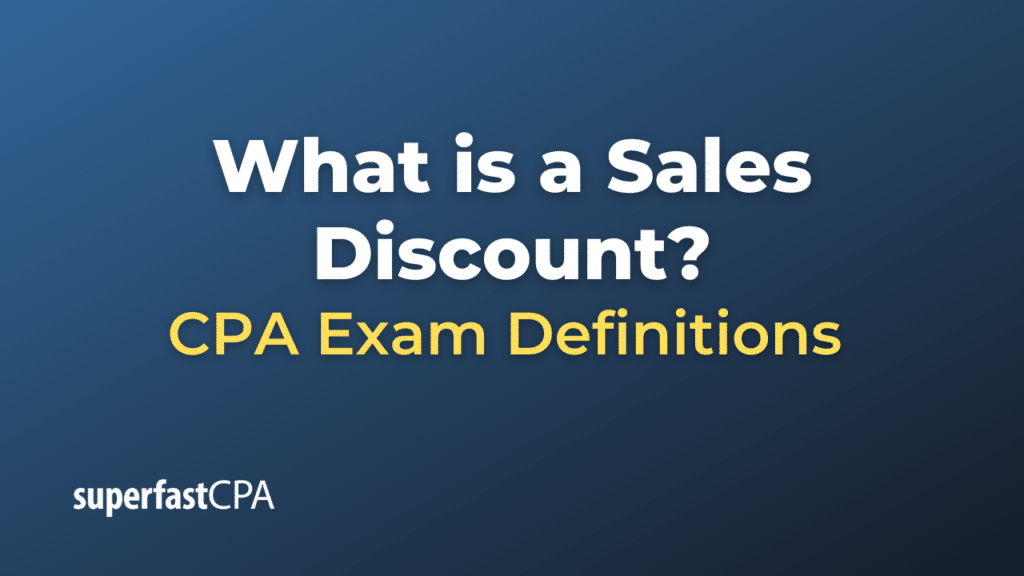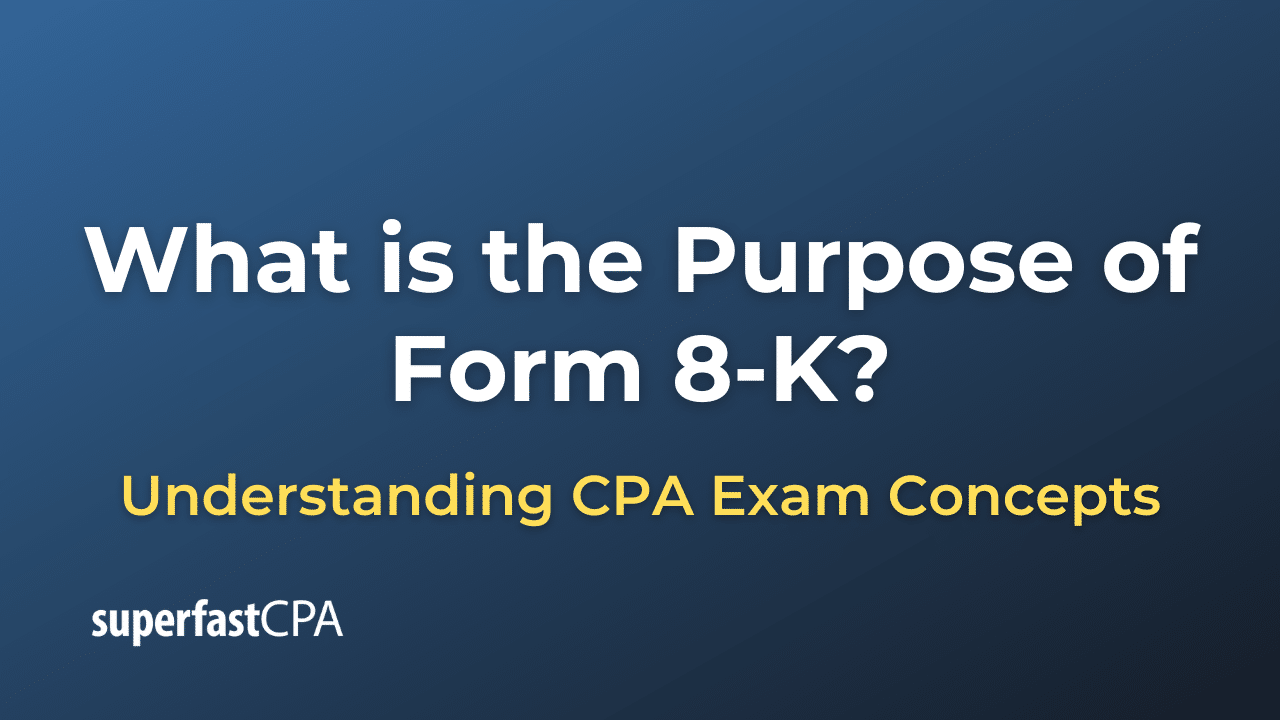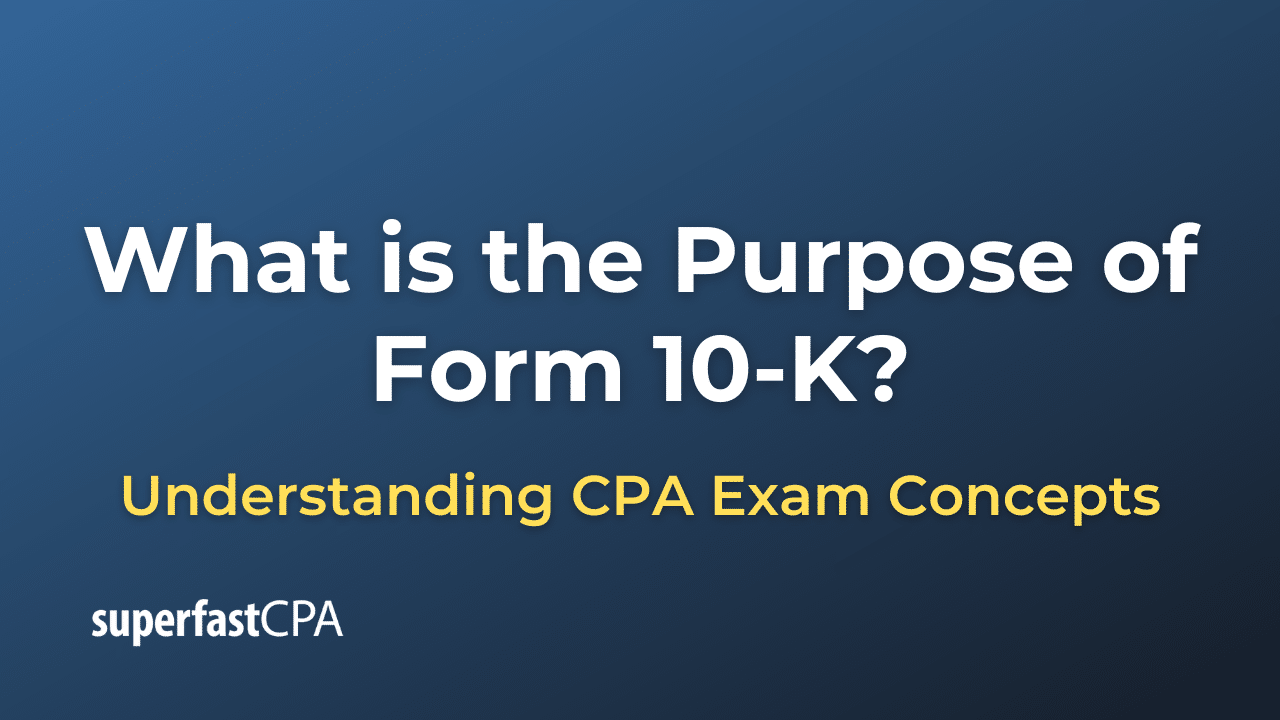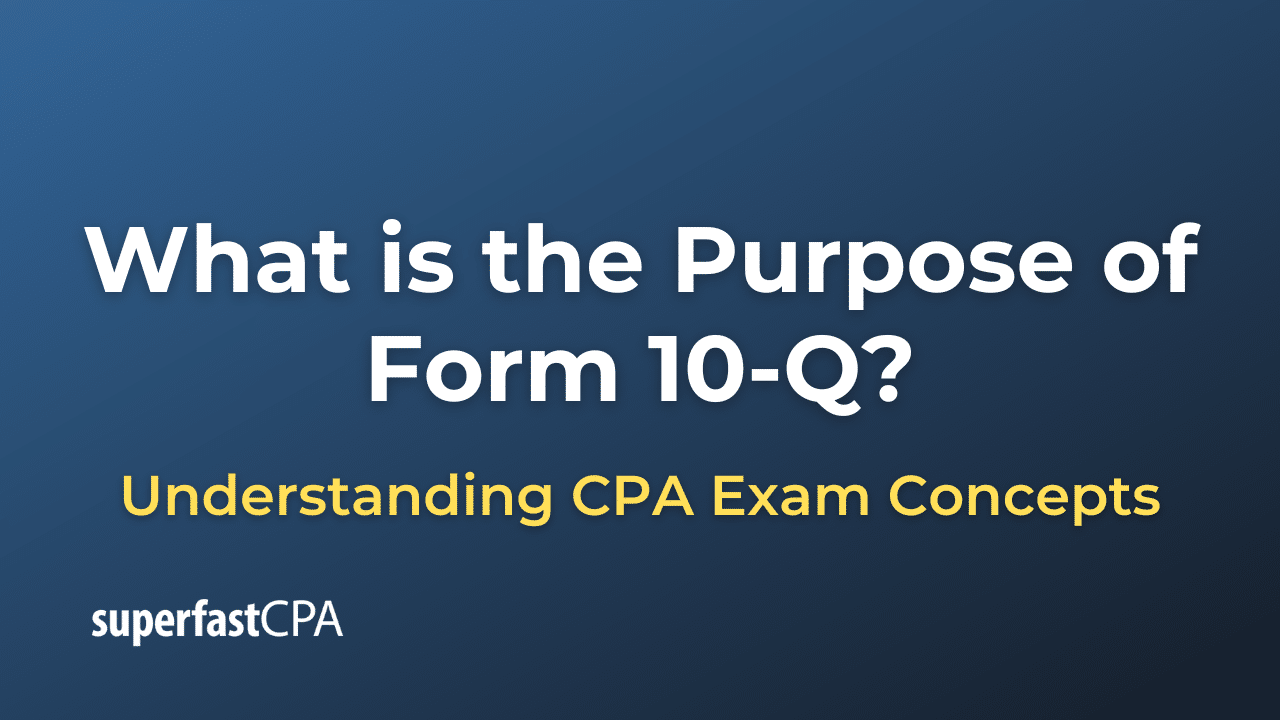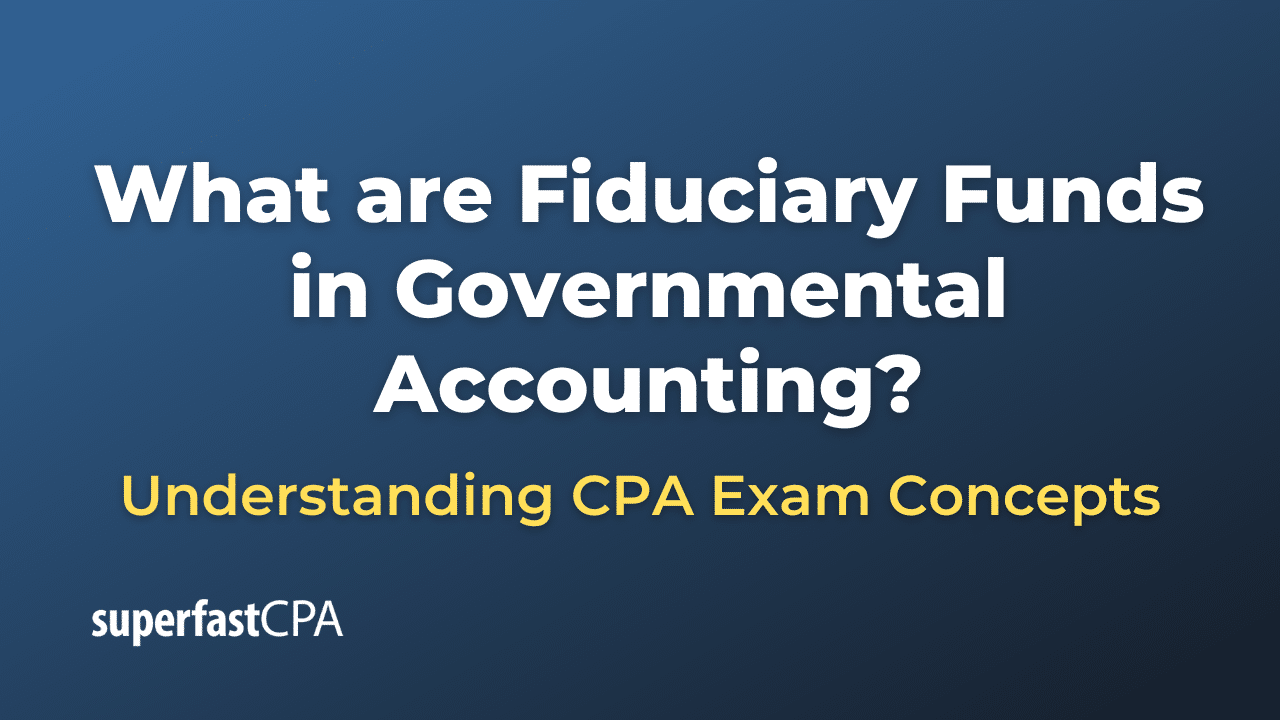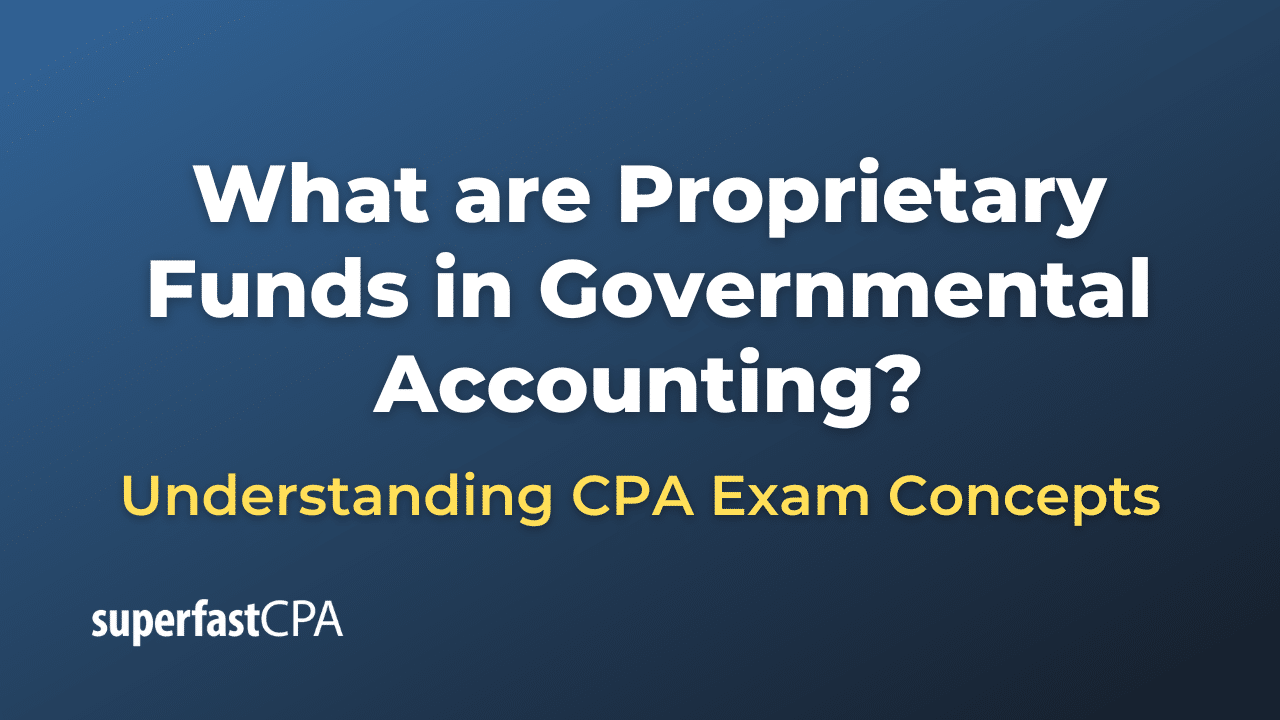Sales Discount
A sales discount, often simply referred to as a “discount,” is a reduction in the original selling price of goods or services offered by a seller to the buyer. It is a common strategy used to incentivize prompt payment or to stimulate sales. Sales discounts can be given for various reasons, such as early payment of an invoice, promotion, volume purchases, or to clear out old inventory.
There are generally two main types of sales discounts:
- Cash (or Early Payment) Discounts: These are given to customers as an incentive to pay their bills quickly. Terms like “2/10, net 30” mean that the buyer gets a 2% discount if they pay within 10 days, but the total amount is due within 30 days. If the buyer pays within 10 days, they’ll pay 98% of the invoice; otherwise, they pay the full amount within 30 days.
- Trade (or Volume) Discounts: These are reductions in the listed price of goods that are granted to buyers based on the quantity of the order. For instance, a company might offer a 5% discount on orders of 100 units or more.
It’s important to note that when recording transactions in accounting, sales discounts are usually deducted from sales to arrive at a net sales figure. This is different from sales returns or allowances, which are also deducted from gross sales to determine net sales.
Example of a Sales Discount
“TechGuru Electronics” is a retailer specializing in electronic goods. To boost their sales and encourage prompt payments from their customers, they offer both trade discounts and cash discounts.
- Trade Discount Example:
For the upcoming summer season, TechGuru decides to promote their new range of fans. They offer a trade discount of 15% for any order of 10 fans or more.
A local hotel chain decides to buy 50 fans. Each fan is priced at $100.
Without the discount, the cost would be: 50 fans x $100/fan = $5,000.
With the 15% trade discount: $5,000 x 15% = $750.
Therefore, the hotel chain would pay: $5,000 – $750 = $4,250.
- Cash Discount Example:
To encourage quick payments, TechGuru offers terms of “2/10, net 30” on their invoices. This means that if the customer pays within 10 days, they receive a 2% discount. Otherwise, the full amount is due in 30 days.
Continuing with our example, let’s say the hotel chain receives their invoice for the fans on July 1st. If they pay the invoice by July 10th, they are entitled to a 2% discount on the $4,250, which amounts to $85.
So, if they pay within 10 days, they would pay: $4,250 – $85 = $4,165.
If they pay after the 10 days but within 30 days, they would owe the full $4,250.
These discounts provided by TechGuru serve two purposes: the trade discount acts as an incentive for customers to buy in bulk, while the cash discount encourages timely payments, helping with the company’s cash flow. Both strategies can boost sales and improve financial health for a business.

